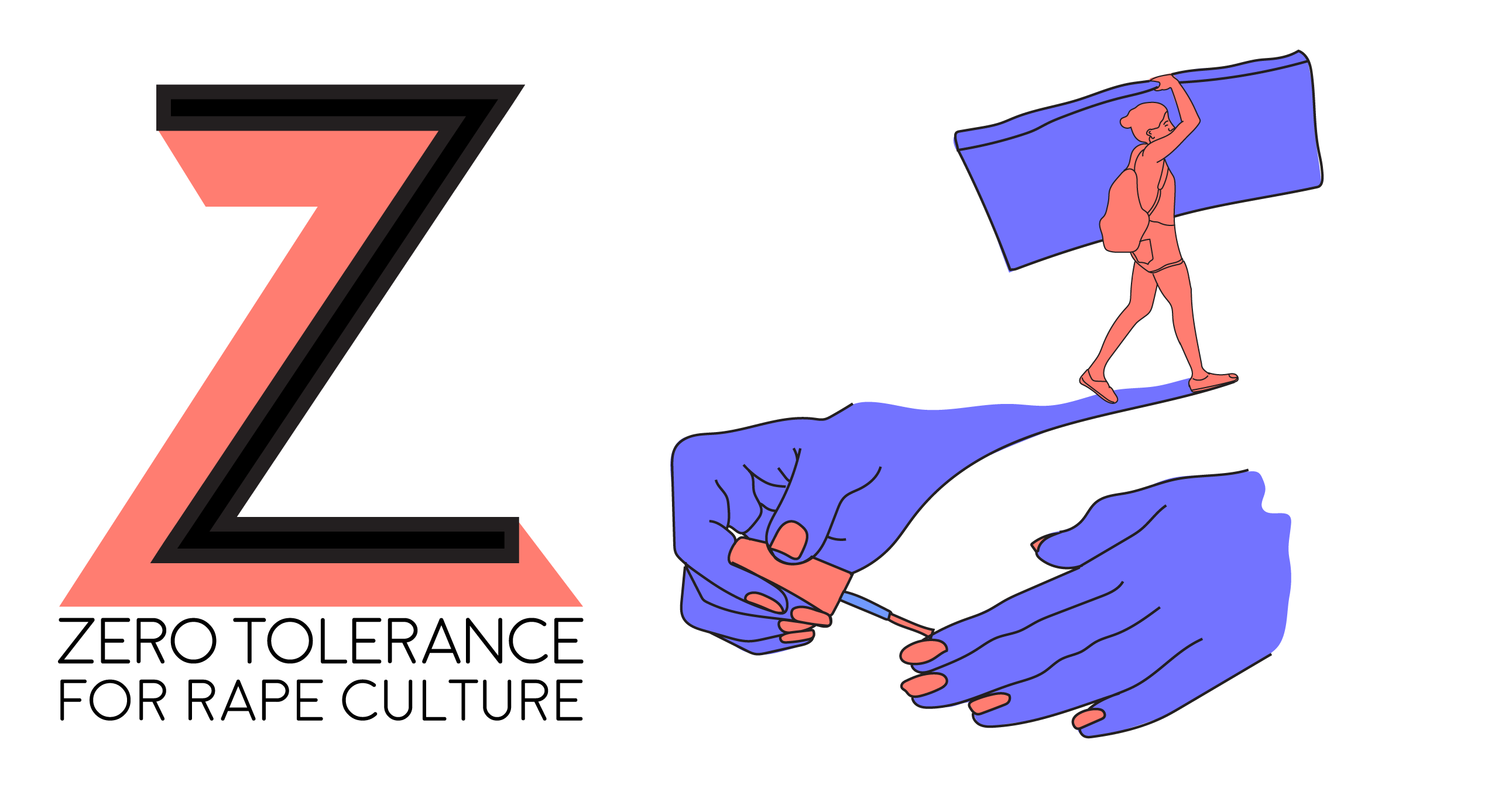R is for Reproductive Freedom
Reproductive freedom is a basic right that all women share, regardless of nationality, ethnicity, race, or sexual orientation. In addition, it is highly likely that all women will eventually need some aspect of their reproductive freedom within their lifetime, because these freedoms actually encompasses six basic rights:
- Right to good quality sexual and reproductive healthcare
- Right to a safe abortion
- Right to contraception (birth control, IUD’s, the shot, etc)
- Freedom from coerced sterilization and genital mutilation
- Right to quality education about reproduction
- Right to access reproductive services make good, informed reproductive decisions
Birth control and abortion tend to be the most inflammatory issues. However, as seen from the list above, reproductive freedom spans a large spectrum of rights for women. If you are a woman, I guarantee that you will find at least one thing on that list that you desire. And if you are a male, I am sure that you can find one thing that you desire your mother, sister, or daughter to have, although we should not care about these issues just because we have mothers, sisters and daughters. We should care simply because women are people too, with the capacity to make their own decisions for their body. It should also be acknowledged that women are not the only people who can get pregnant.
It is clear that competing ideologies can produce fierce debate over reproductive freedom. However, at the very least, quality healthcare and comprehensive education should be viewed as basic rights that women are entitled to. In fact, I believe these two go hand in hand.
Holes in Education
To begin, we should approach teaching sexual education more like the Dutch, and take note of their comprehensive, age-appropriate, and inclusive program. (P.S. They have one of the lowest teenage pregnancy rates in the world.) However, as of 2014, the United States remains woefully behind. 28 states do not even require sex-ed as a part of the curriculum; therefore, quality and administration varies largely depending on the state. Furthermore, 16 states do not require HIV education, and 19 states teach abstinence only.
The biggest shocker is that only 11 states out of 50 require medically accurate sex education.
No wonder reproductive freedom is still a relatively taboo topic in the United States. If women don’t even know they have a clitoris, it is infinitely more difficult for them to take control of their own sexual pleasure, or even communicate with their partner about sex and what feels good. Comprehensive sexual education should talk about male and female pleasure equally, and stress continuing consent and communication between partners.
Reproductive Freedom Jeopardized Globally
Reproductive freedom clearly dovetails with sexual empowerment.
If all women had access to education, information, and health care without the stigma, it is my belief that less women would become victims of domestic violence, forced abortions, mass sterilization, or genital mutilation.
Yet, these last two practices continue to occur on a large scale around the world, even after being outlawed and criminalized. Female genital mutilation, which usually involves cutting off all or part of the clitoris, is practiced in 29 countries. The aim is usually to repress women’s sexuality and sexual appetite. In addition, headlines still frequently appear about women undergoing botched sterilizations that result in death; while unsafe abortion is the second leading cause of maternal mortality in the world.
Sex happens, and therefore, so will abortions. Those who have an abortion are not all young teenage girls; sometimes they are mothers, or even older women. The stigma around abortion remains very strong, but organizations like Sea Change aim to decrease the stigma by opening up a safe space with dialogue and a sharing of stories.
What about Congress?
Women’s bodies are increasingly being used as battlegrounds by Congress.
Congress was able to pass the controversial Hobby Lobby case, which maintained that family-owned companies do not have to provide contraceptives that go against their religious liberties, such as Plan B. However, the new GOP led Congress was not able to pass the imminent 20 week abortion ban.
The plan was shelved on the anniversary of Roe v. Wade, and showed that interests were not in line to support such an extreme bill.
However, there have been many setbacks for reproductive freedom in recent years since Roe v. Wade. In 2013, North Dakota and Arkansas approved the harshest abortion bans in the nation, and Texas passed a sweeping law that has forced 1/3 of its abortion clinics to close. In addition, Ohio attached harsh abortion restrictions to an unrelated budget bill, and North Carolina forced abortion restrictions through as part of a motorcycle safety bill.
This desperation of state legislatures to pass abortion restrictions obviously demonstrates that the debate on abortion, birth control, and general reproductive freedom will definitely be in the spotlight for the 2016 election, especially if Hillary Clinton decides to run for the presidential office.
Now What?
As President Obama said in his recent State of the Union: “You may not agree about a woman’s right to choose, but surely, we can agree it’s a good thing that teen pregnancies and abortions are nearing all-time lows, and that every woman should have access to the health care that she needs.” Snaps to you, Obama. Even though the majority of the debate around women’s reproductive freedom pits pro-choice against pro-life, and abstinence-only education against birth control methods, it is important to remember the following:
Reproductive freedom is also about comprehensive sexual education and access to quality health care, so that women feel empowered to make their own responsible decisions in regard to their sex lives.
Currently, the gross amount of regulation and judgment associated with women’s bodies is not appropriate, and never was. For example, men’s bodies are not nearly as regulated as women’s. Breastfeeding in public, and the contrasting ‘legal male and illegal female’ nipples are a testament to this.
As Obama also said: “It’s 2015, people. It’s time.” He was actually referring to equal pay for equal work, but that is a whole ‘nother beast. Still, it follows that reproductive freedom for women would also allow them to better plan their families and their careers. Women might actually stay in the workforce, rather than being inevitably forced to choose between their job and motherhood, since maternity leave is three months compared to paternity leave, which is two weeks.
As a middle-class, Chinese American woman, I have access to birth control via Planned Parenthood. I know I am one of the lucky ones.
We should take a cue from the Philippines, which recently passed a reproductive health law in April 2014 which allowed for contraception distribution at all public health centers, compulsory sex education, and medical care for women who have had abortions.
I think this is a great step for the country to take towards de-stigmatizing abortion, and providing education, healthcare, and a sense of security for women.
All countries, from the developing to the highly industrialized, need to heed the reproductive rights of their women, and recognize their bodily integrity and autonomy, so they can finally be treated as equal members of society. Surely, it is common sense: I am the one who has the final say in what I can or cannot do with my body.





